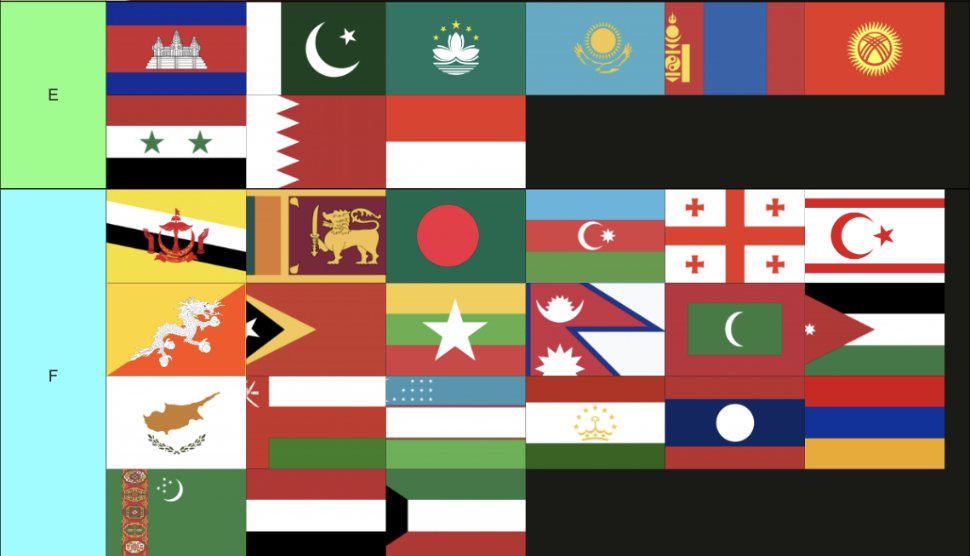The Moamoria Rebellion (1769-1805) was a major uprising in the Ahom Kingdom of present-day Assam, India. It played a crucial role in weakening the kingdom and paved the way for its eventual downfall. Here's a breakdown of the rebellion:
Origins:
- The rebellion was led by the Moamorias, also known as the Mataks, followers of the egalitarian Mayamara Sattra religious movement founded by Aniruddhadeva in the 16th century.
- The Sattra emphasized monotheism, social equality, and rejection of caste hierarchies, which resonated with marginalized groups like the Morans and Kochs who faced discrimination under the Ahom caste system.
- Growing dissatisfaction with the Ahom Paik system's burdens and perceived injustices further fueled the rebellion.
Course of the Rebellion:
- The rebellion erupted in 1769 led by Krishnaram Barpatra Gohain, a Moamoria leader, demanding religious freedom and abolishment of discriminatory practices.
- The initial stages saw Moamoria successes, capturing the Ahom capital Rangpur and even briefly installing their own king.
- However, internal dissensions and fierce Ahom counter-offensives led to periods of fluctuating control.
- The rebellion spanned multiple phases, each characterized by intense battles, guerilla tactics, and brutal reprisals by both sides.
- The rebellion also received support from some discontented Ahom nobles and other ethnic groups facing hardship under the Ahom rule.
Impact and Legacy:
- The Moamoria Rebellion significantly weakened the Ahom Kingdom:
- Heavy manpower and resource losses, crippling the military and administration.
- Widespread depopulation and economic disruption.
- Loss of control over vast territories.
- The rebellion paved the way for:
- Burmese invasions in the late 18th century, exploiting the Ahom Kingdom's vulnerability.
- Subsequent intervention and eventual annexation by the British East India Company in the early 19th century.
- The Moamoria Rebellion is celebrated as a significant chapter in Assamese history for its:
- Challenge to the feudal Ahom system and fight for social equality.
- Contribution to Assamese cultural identity and religious diversity.
Further resources:
If you have any further questions about specific aspects of the Moamoria Rebellion or its historical context, feel free to ask!







